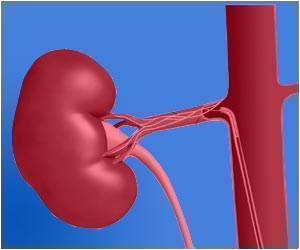Diabetes rate increases in status Aboriginal adults in Alberta appear to be slowing compared with the general population, although diabetes is more common in status Aboriginals and

Aboriginal and non-Aboriginal researchers at the University of Alberta and Calgary sought to compare the incidence and prevalence of diagnosed diabetes in adult status Aboriginals and the general adult population in Alberta between 1995 and 2007. They also looked at mortality from any cause in those with and without diabetes. In 2007, there were 2 506 420 adults living in Alberta, including 72 725 Status Aboriginals, with 161 268 cases of diabetes and 7055 respectively. Diabetes rates were higher for status Aboriginals than the general population but over time the increase in diabetes prevalence for status Aboriginals was less than that of the general population.
"Increases in the prevalence and incidence of diabetes from 1995 to 2007 were less pronounced in the Aboriginal population than in the general population," writes PhD student Richard Oster, University of Alberta, with coauthors. However, Oster does note that among status Aboriginals diabetes was increasing more quickly in men than in women.
Over the same period mortality rates in all people with diabetes were decreasing and the rates of decrease were not different between status Aboriginals and the general population. However, mortality rates for status Aboriginals were 1.5 to 2 times higher than that of the general population, and in those without diabetes the mortality rate gap was increasing.
"The decreases in mortality observed among status Aboriginal adults with diabetes over the study period are consistent with findings from a recent study of ours showing improved diabetes-related health among status Aboriginal adults in Alberta," says Dr. Ellen Toth, the lead investigator. She adds, "the growing divergence in mortality observed between status Aboriginals and the general population without diabetes is sadly in contrast to national trends from 1980 to 2001, which showed an improvement in life expectancy among registered Indians, from 60.9 to 70.4 years among men and from 68.0 to 75.5 years among women."
The study also noted lower diabetes rate differences between Status Aboriginals and the general population in Alberta compared with Saskatchewan, Manitoba and Ontario, although the study does not explain the differences between rates.
Advertisement
Advertisement














